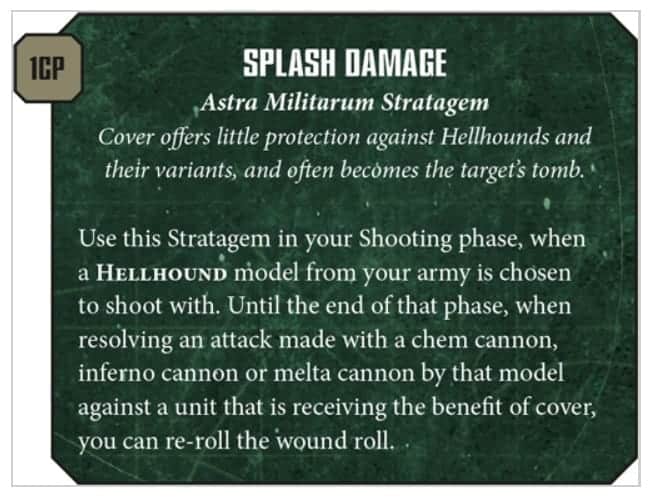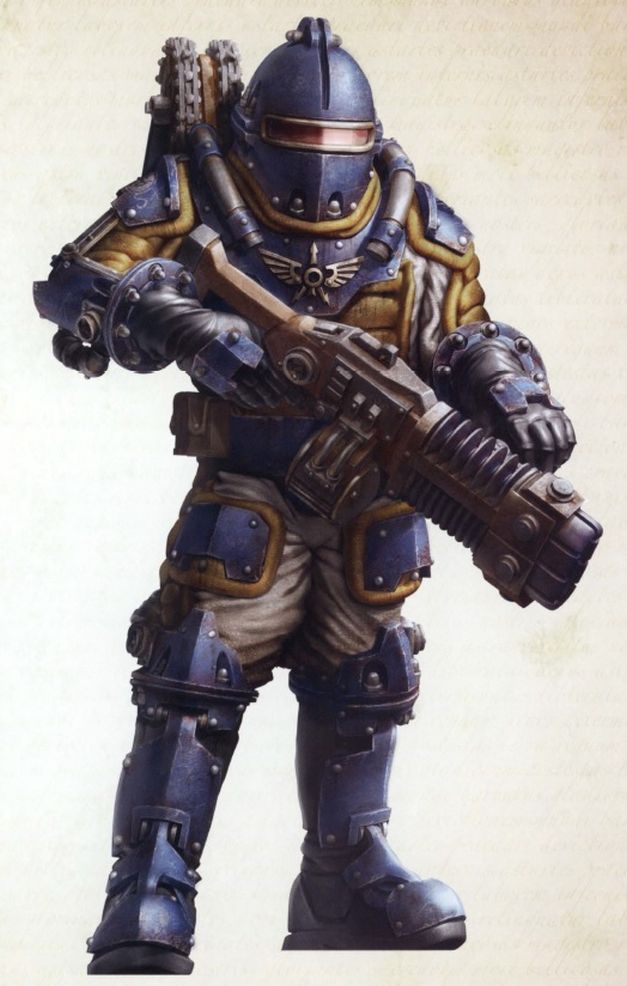

If the regimental headquarters has dedicated reconnaissance units attached to it, they are commanded directly by the Intelligence section to conduct specific scouting missions. Often this section will include attached liaison teams, such as from the Imperial Navy for aerial reconnaissance or the Orders Dialogous to assist in interrogating captured Xenos.

Drawn from the regiment itself and other Administratum departments, this body of officers and enlisted personnel help the Colonel in coordinating and documenting the regiment and all of its activities. The actual terms used for these fighting units, their numbers and equipment typically varies somewhat between regiments.ĭue to the sheer size of many regiments, the Colonel (or other ranking officer) in command of a regiment is often advised by a regimental staff. Each company can consist of a number of further sub-units again notionally called platoons typically under a Lieutenant, each platoon in turn being made of a number of individual squads of Guardsmen under a Sergeant.

An important point of similarity between regiments is also present in their organisation each different regiment type is divided in a fairly similar manner within that classification.Ī regiment is typically commanded by a Colonel and is divided into a number of fighting units notionally called companies, each with a command staff of its own typically under a Captain. Despite this, it is possible to classify Imperial Guard regiments into different types by the nature of their equipment, training or battlefield role. The root of this non-standardisation is the fact that every world which produces Imperial Guard regiments has its own martial traditions, practices and experiences, all combining together to dictate the manner in which that world's inhabitants choose to wage war.


 0 kommentar(er)
0 kommentar(er)
